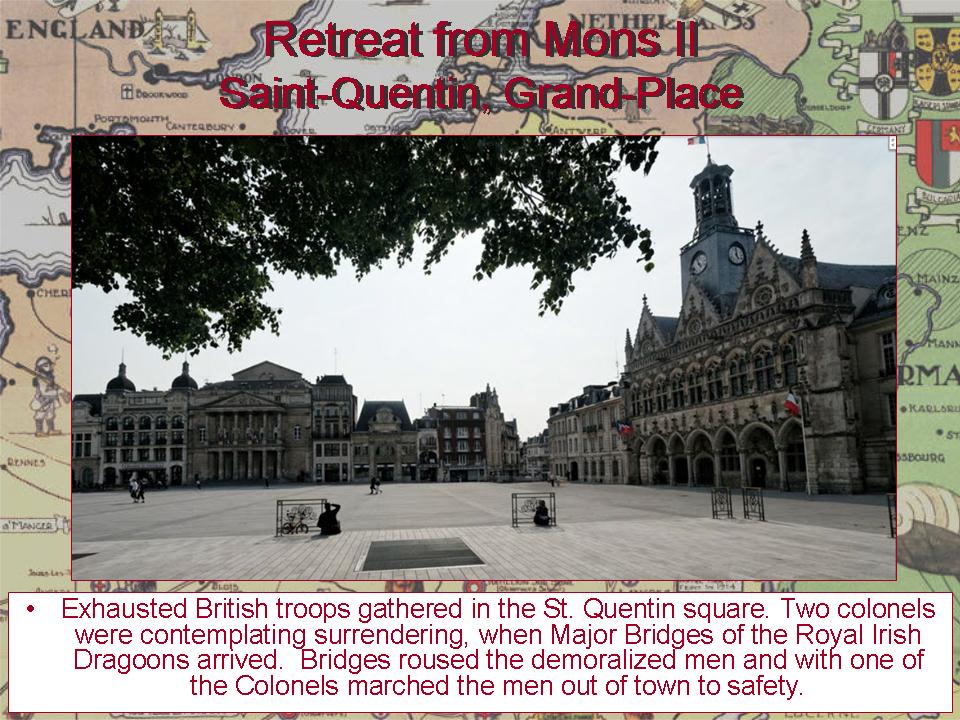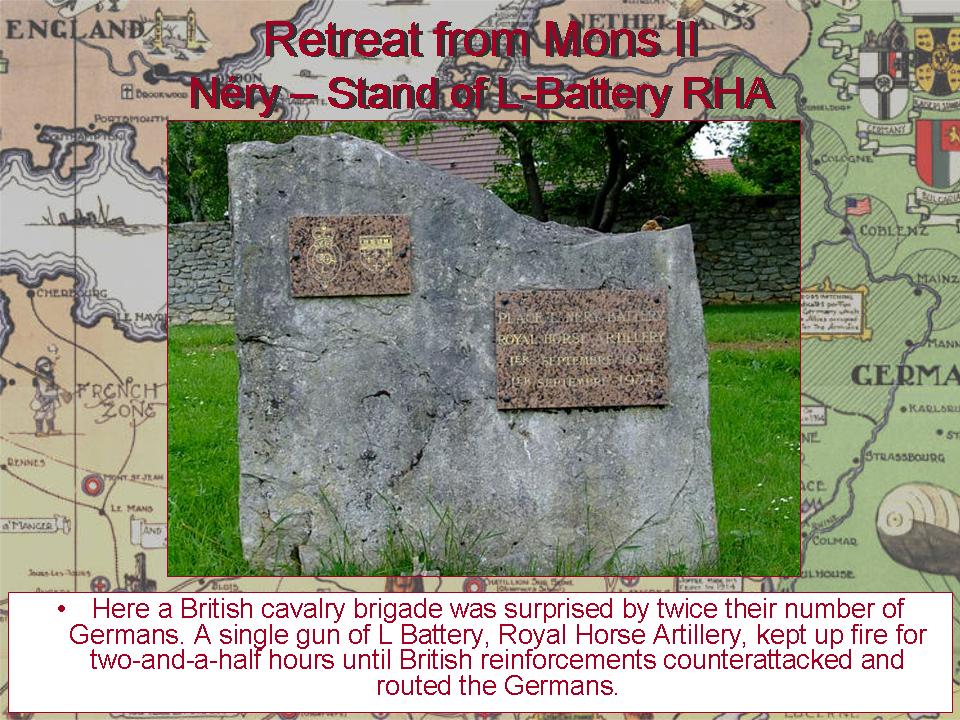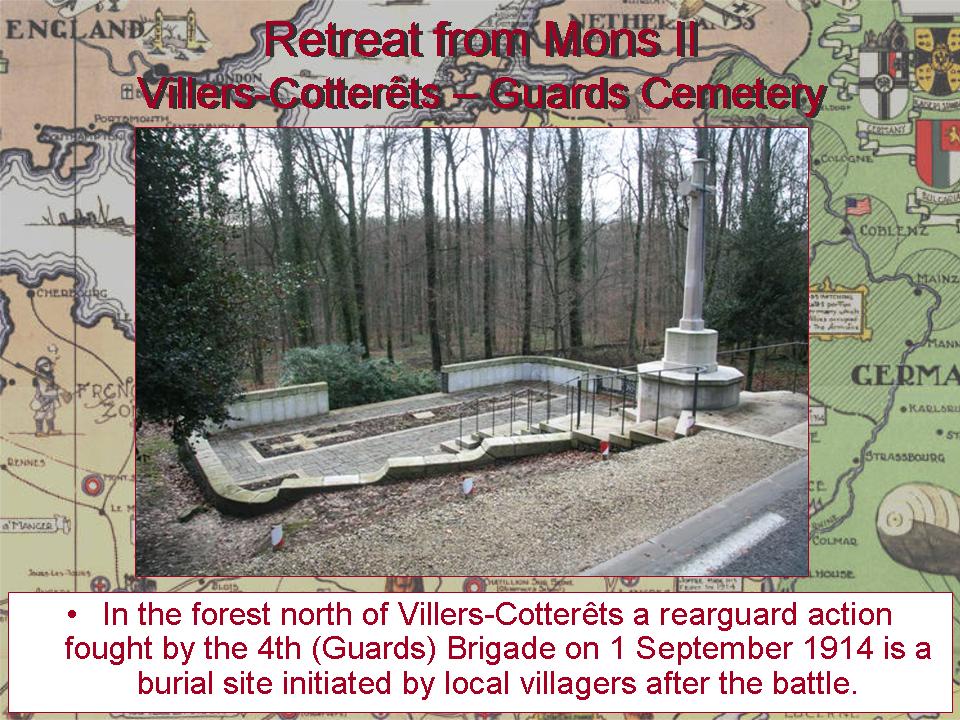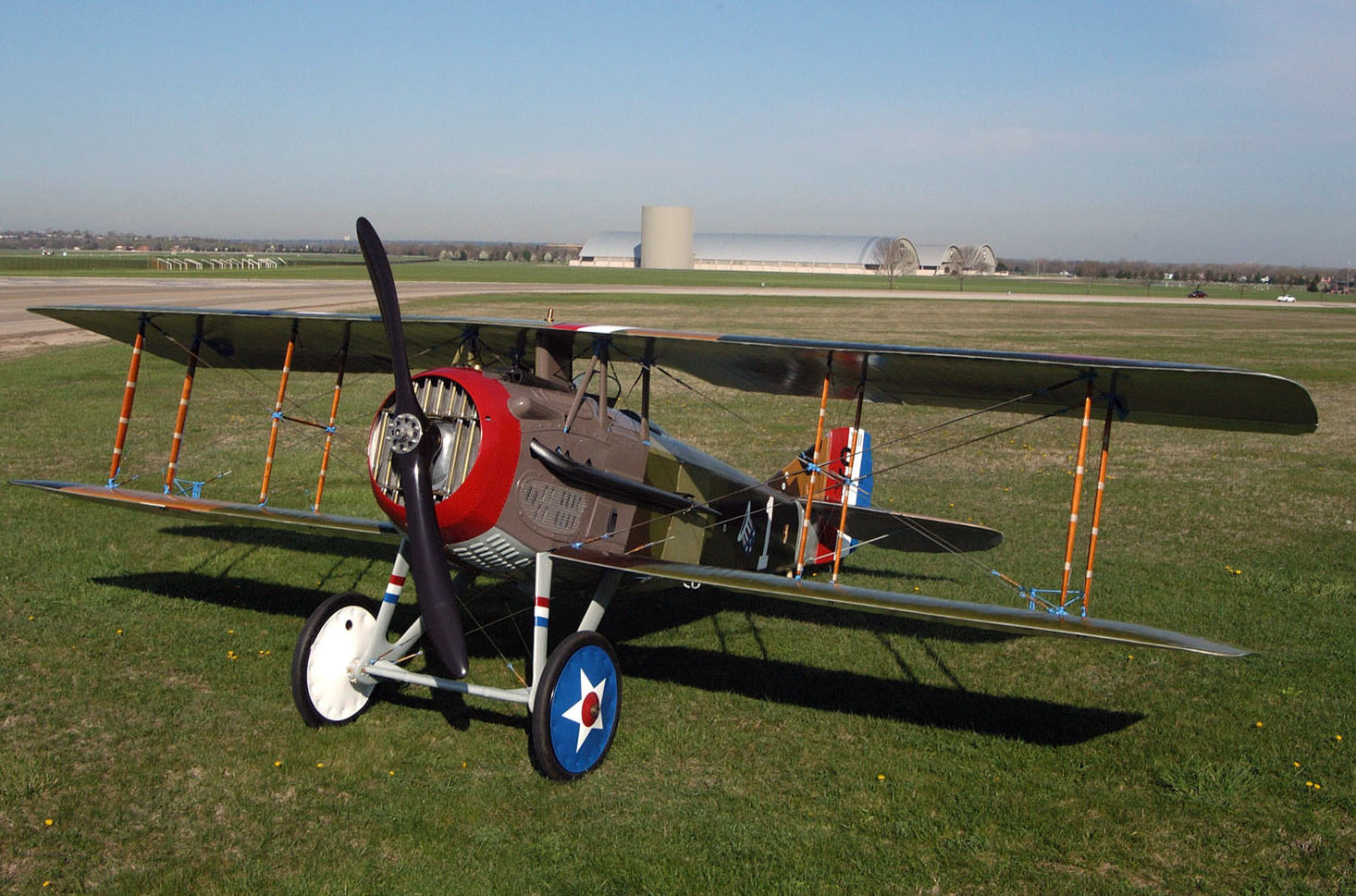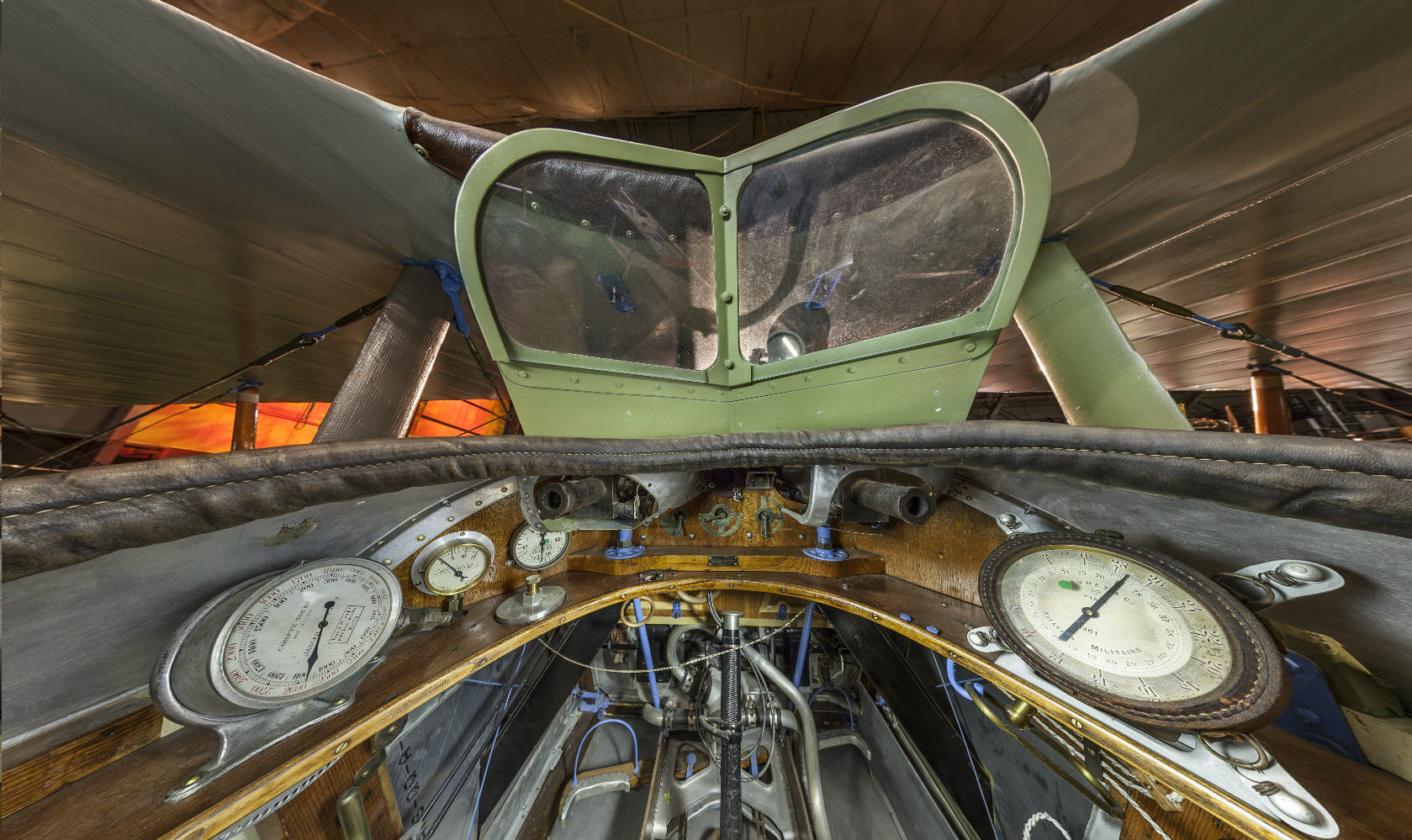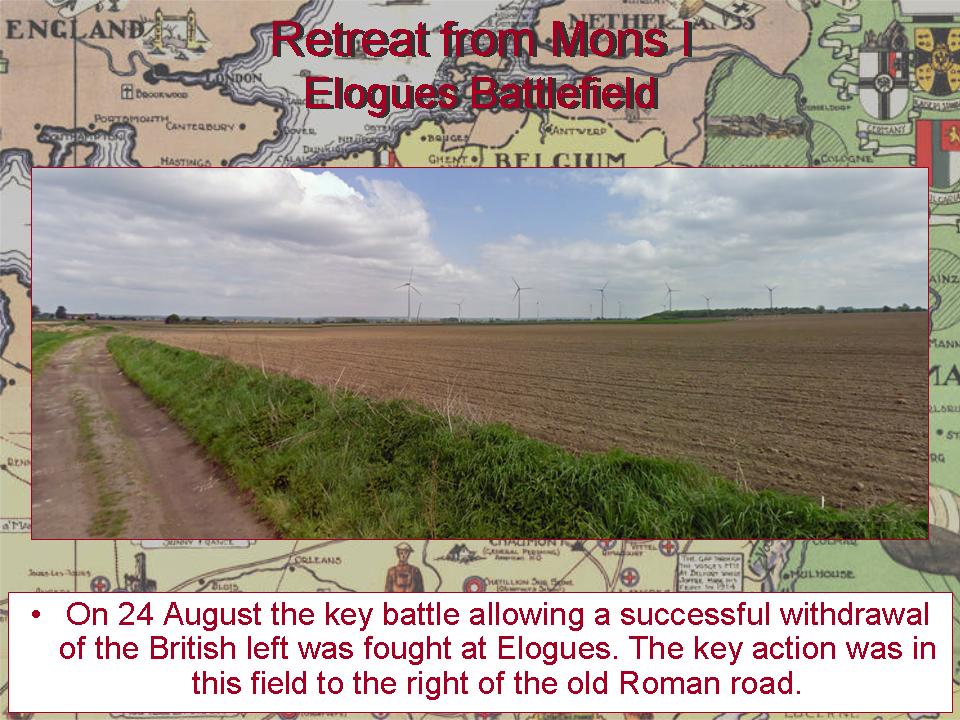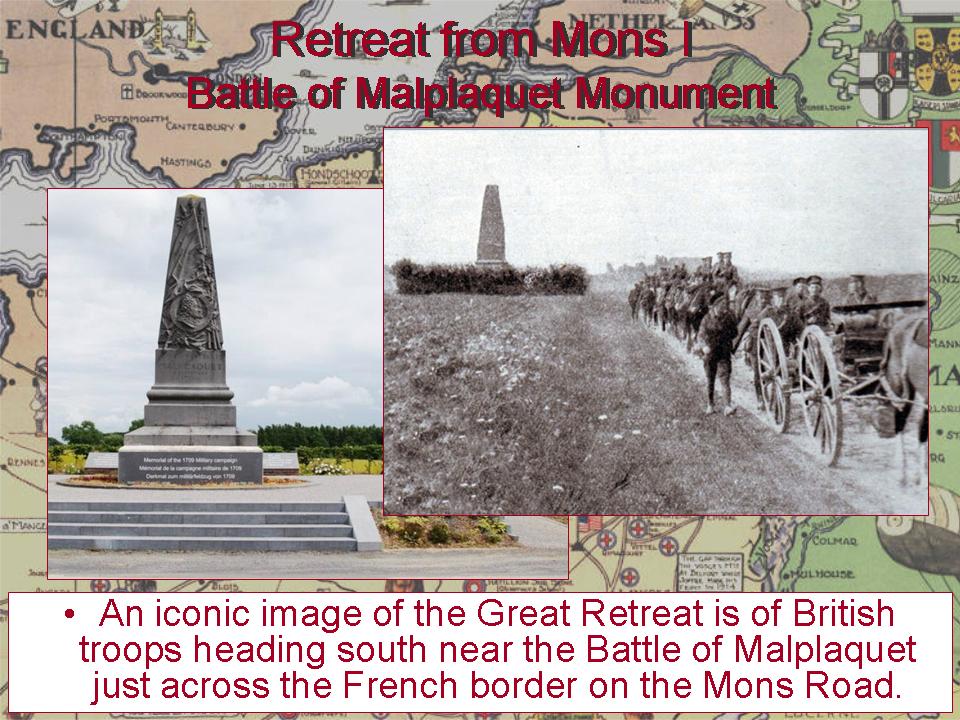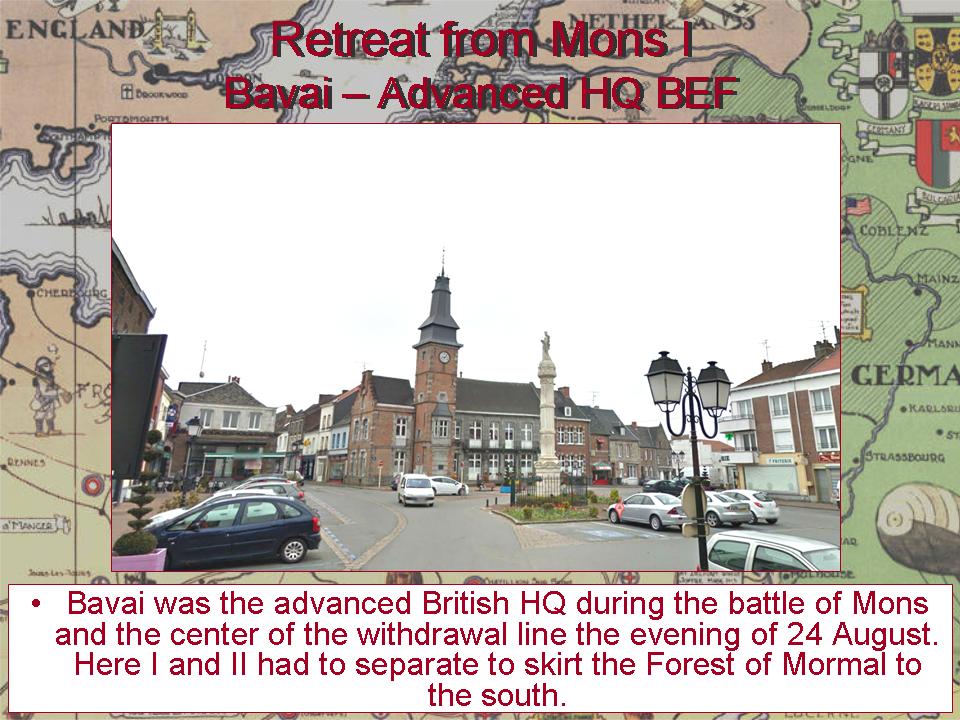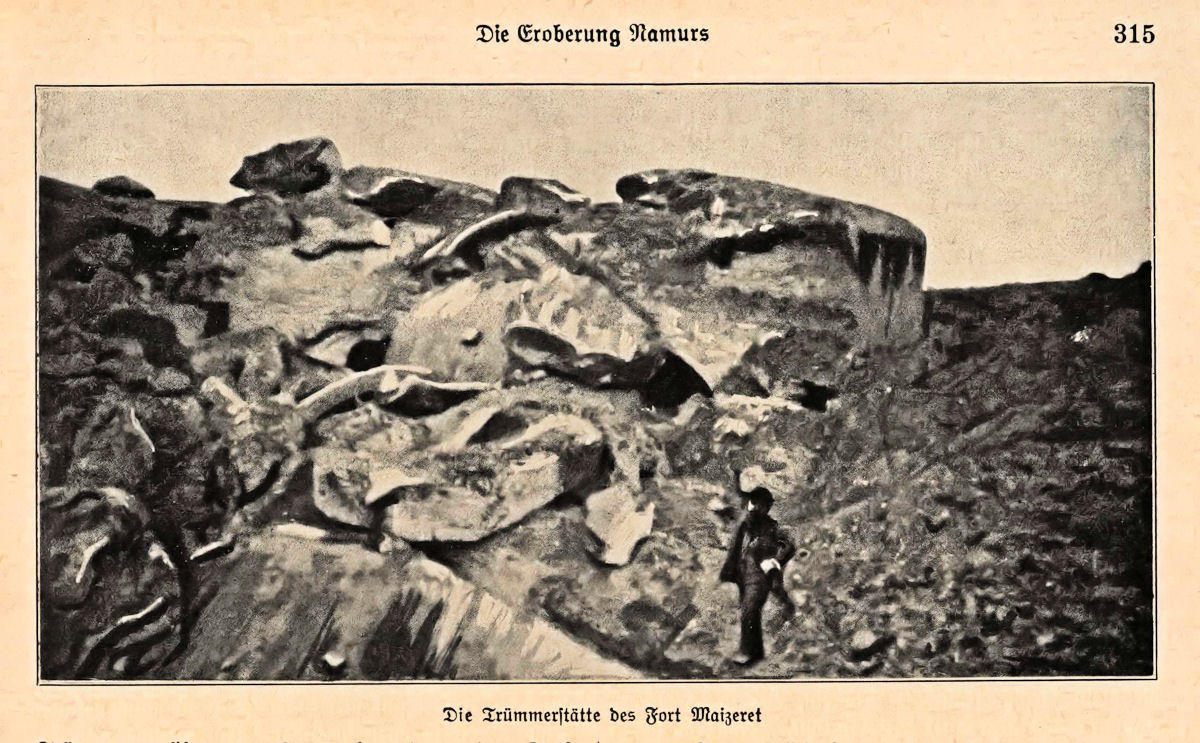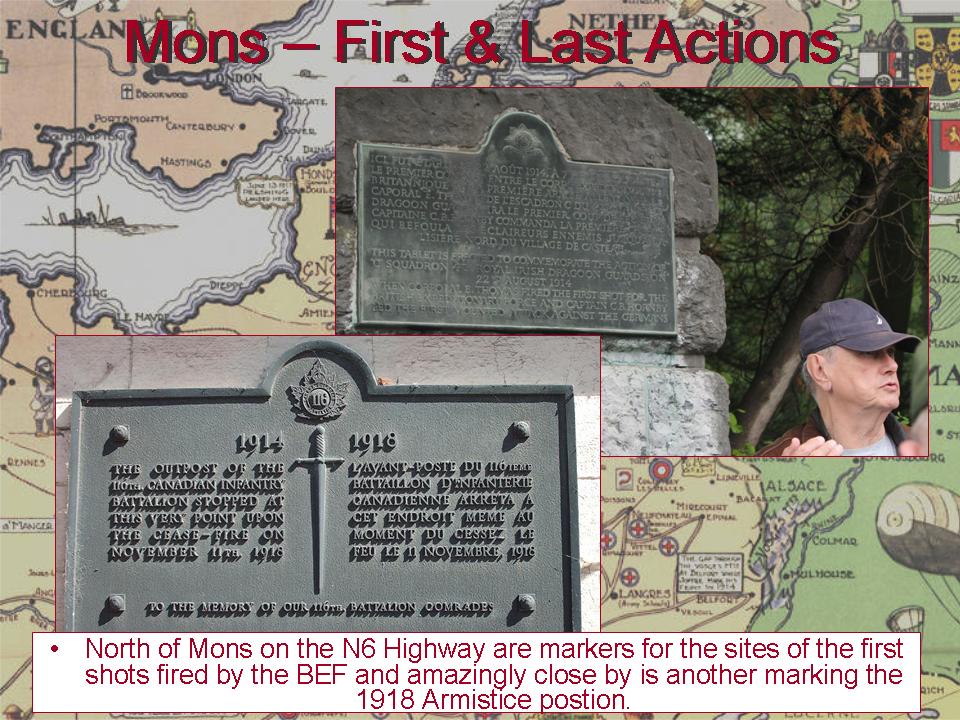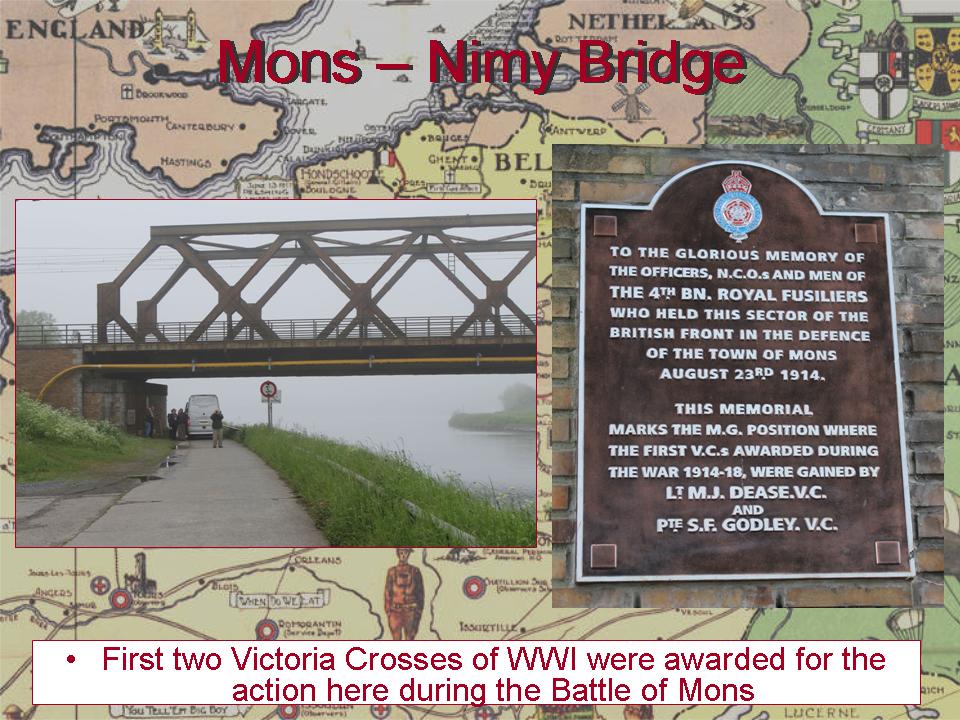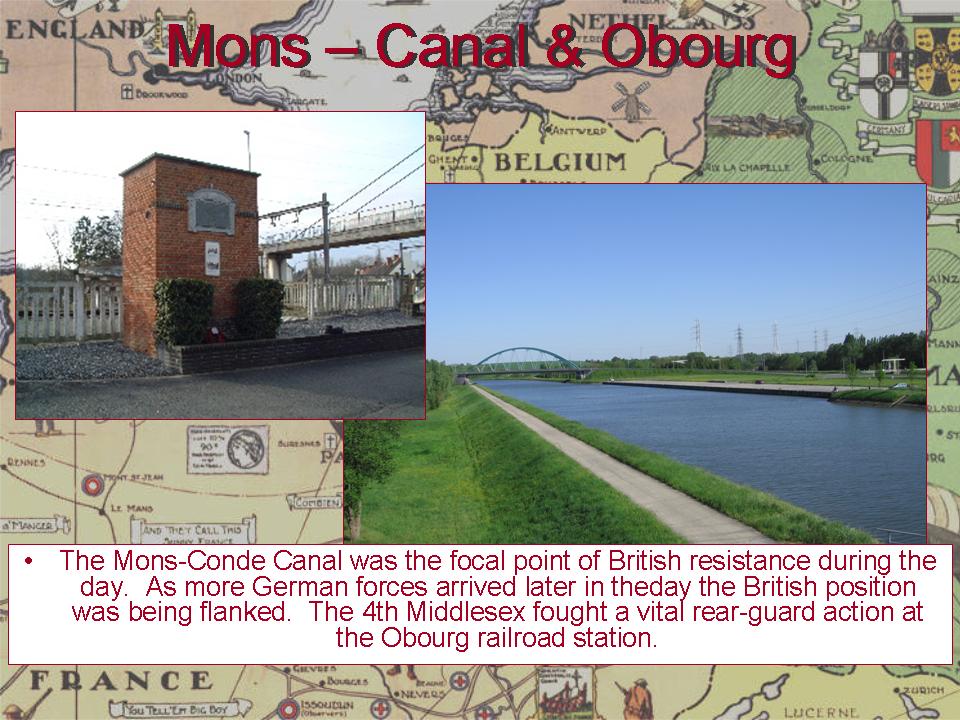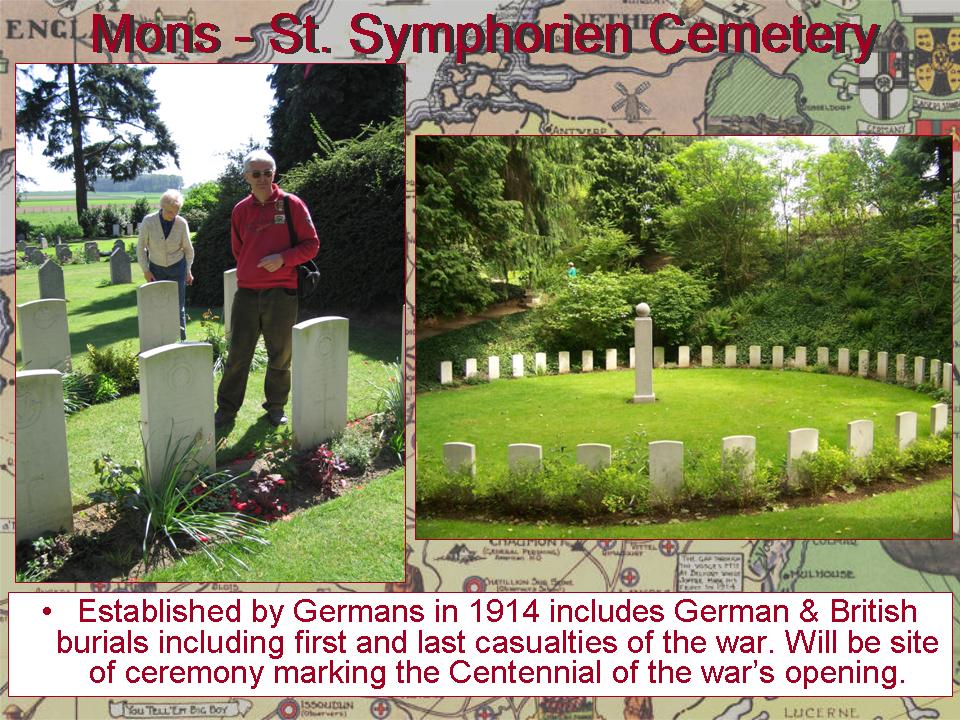 |
| Trooper Albert Marshall |
Albert (“Smiler”) Marshall, the last cavalryman of the First World War, died on 16 May 2005, aged 108.
When Albert Marshall was asked about the First World War, he sometimes thought it odd that so much was made of the Somme. For him the worst moment came the next year, in 1917. He was 20,and serving with the Essex Yeomanry in his third year at the front. A new regiment, the Oxfordshire and Buckinghamshire Light Infantry, had just come out from England to join up with his. The men were mustard-keen, in fresh-pressed uniforms that had not yet seen a shell hole or a trench.
Eighty years later, Mr Marshall found it hard to remember whether the Ox and Bucks was sent “over the top” in the morning or the evening. What he never forgot was going into no-man's-land a few hours later, following an officer with a white flag, to bury their bodies. There were hundreds of them; all but a handful had been killed immediately. The mud was too compacted to dig down far. As his unit marched back, he trod under his boots the corpses of the men with whom, that morning, he had eaten breakfast.
Very few men—perhaps a dozen now in Britain—survive from the conflict that marked modern history, and seared the modern conscience, more than any other. Mr Marshall was the last representative of perhaps the most quixotic part of that doomed enterprise, the cavalry units of the Western Front. Once he had joined up, enthusiastically lying that he was older than 17, he had his picture taken in uniform, proudly astride his horse. He had ridden since he was five, starting on a goat for a tuppenny dare, and was a natural in the saddle. In 1915, no boy looked happier to have left the Wivenhoe shipyards for adventure in the fields of Flanders.
Some commanding generals, Haig among them, believed in 1914 that cavalry would win the war. A mounted charge, with swords or lances, was swift and flexible and had shock value. Even in later years, as the war on the Western Front bogged down in mud and barbed wire, horses seemed to hold the key to making it mobile again. A quick cavalry break through entrenched infantry lines could shatter the stalemate, take the fighting on to new ground, and move it forward.
Just once or twice, Mr Marshall lived that dream. At Cambrai in 1917 he met German infantry advancing: “We drew our swords and cut them down. It was cut and thrust at the gallop. They stood no chance.” For a moment then, his blade gleaming, he was in a direct line that went back to the squadrons of Xenophon. A few days after the burying expedition, when German foot-soldiers surprised the Essex as they saddled up, he watched in amazement as the Bengal Lancers leapt on to their horses bareback, plucked their lances out of the ground and routed the enemy. It was “a colossal sight”.
For much of the time, however, horses did not help in close engagements. High-explosive shells terrified them, and chlorine gas blinded them as it blinded men. (Mr Marshall fought at Loos, where 140 tons of gas, released by the British over the battlefield, blew back into their own trenches.) Horses also made large targets, especially when corralled in numbers behind the lines, and soon weakened when they could not be cared for. Of 800,000 horses used on the Western Front, mostly for transport and pulling artillery, only about half survived.
In winter, when fighting eased, the cavalry's job was to hold the front line: “three lines of trenches, mud and devastation”, as Mr Marshall remembered it. On one spell of duty, out in the middle of no-man's-land, an exploding shrapnel shell half-buried him in mud and smothered two of his friends. Unable to move, he sang hymns to them until he was pulled out. They were past rescuing.
A Shared Cigarette
When Mr. Marshall turned 100, historians and documentary makers began to show up at his farm cottage in Surrey—where he had lived since 1940, working as a handyman on a nearby estate—to ask him for his memories. He had never spoken about the war before or revisited the battlefields. Remembrance was sharp enough.
Under questioning, he revealed a slyly insubordinate streak. He used to trade cigarettes for other men's rum rations and, when the orderly officer's back was turned, quickly whip off puttee, boot, and sock to rub the rum between his toes. As a result, while other men's feet were slowly rotting from trench foot or gangrene, “[mine] were as good as anything." He recalled, too, offering a drag on a cigarette to a soldier who had been tied to the wheel of a cart, without food or water, for some misdemeanor. Years later they met by chance in Oxford Street and shared memories of how good that smoke had been.
 |
| Albert Marshall at 108 |
His nickname, “Smiler," stemmed from an incident, soon after joining up, when he had thrown a snowball at a drill sergeant. (“Hey, Smiler, I'm talking to you!” the sergeant roared.) He sang on the boat that took him to France, sang as he returned, and sang when he was there: “If the sergeant's pinched your rum, never mind," and “Nearer my God to Thee." His smile was one of the last of that crowd of sunny recruits who look out of their fading photographs in blithe and cocky ignorance of the horror they were to see. No faces are more haunting.
Source:
the
Economist, 26 May 2005








